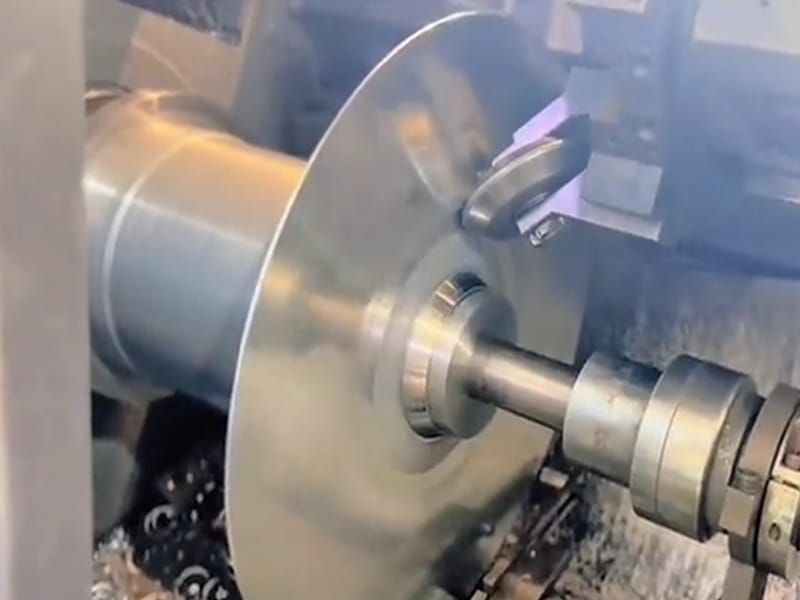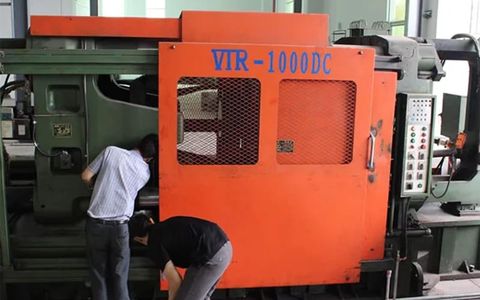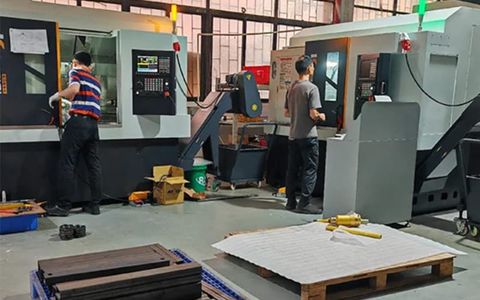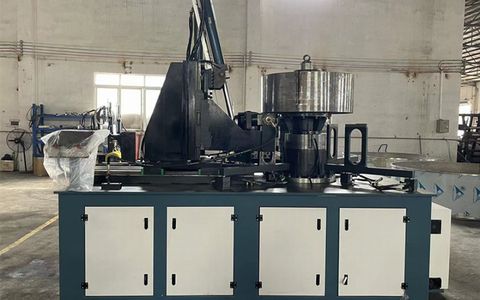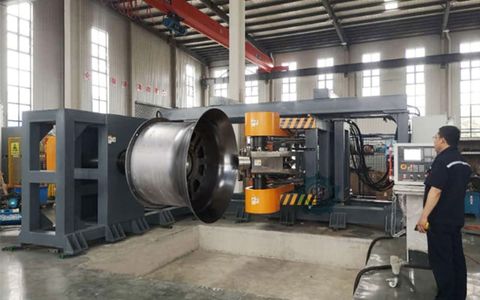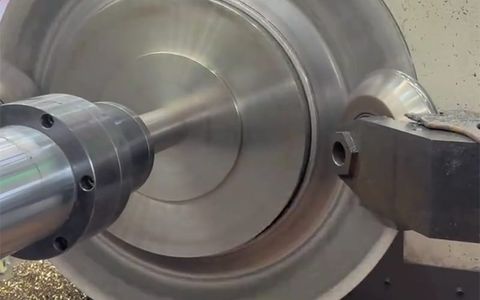Different Types of Metal Spinning
Different Types of Metal Spinning
Different Types of Metal Spinning
Are There Different Types of Metal Spinning ?
Metal Spinning Lathes
When it comes to sheet metal spinning, metal spinning lathes typically fall into three broad categories: manual, power-assisted, and automatic.
Manual spinning lathes can generally handle a wide range of flat blanks from 1.0″ up to 72″ in diameter. A skilled human operator uses a forming tool to apply pressure to a blank sheet of metal. Then, the operator shapes the metal into a desired form of shape using their experience. Although they can handle a wide range of blanks, manual spinning lathes may not be as efficient or precise as power-assisted or automatic spinning lathes.
Power-assisted spinning is a manual process augmented by hydraulic cylinders. It works well for forming stronger metals (stainless steel and alloys) when human power is insufficient to shape the piece. An experienced operator uses a manual spinning lathe along with a power-assisted feature to shape the metal. The operator applies pressure through the forming tool, while the hydraulic cylinders support the metal and apply additional force to deform the metal. The benefit to using power-assisted spinning is that it shapes larger and stronger metals.
Automatic spinning uses CNC to automate the spinning process. The lathe is controlled by a computer program, rather than a human operator, that directs the movement of the forming tool and the rotation of the metal workpiece. This method can reduce the need for skilled operators, making the production process more efficient and cost-effective. This way is also useful for precision high-volume parts that demand consistency.
Metal Spinning Operations
There are also four operations associated with metal spinning: conventional, shear, preforms, and edge treatment.
Conventional spinning uses metal rotating at high speeds as a tool is applied to shape and form it. The metal is typically formed in a series of passes where each pass stretches and thins the material, which gradually forms into the desired shape. This process is beneficial for creating simple and symmetrical shapes such as bowls, cups, domes, and other similar forms.
Shear spinning is often used to produce conical and cylindrical shapes accurately. Unlike conventional spinning, the finished part is formed in one pass. During this process, a special spinning tool moves quickly over the surface of a rotating metal blank, exerting force on it until the desired shape is achieved.
Since the spinning tool is specifically designed to exert pressure only in certain areas, it will produce the desired shape without thinning or stretching the metal excessively, which is why shear metal spinning is a very precise and efficient method of producing high-quality metal parts.
Preforms are shaped metal discs or flat blanks that are spun or drawn from a variety of materials, including sheet metal, brass, aluminum, or copper, and are often created to precise dimensions required for the final spun part. By using preforms, the metal spinning process can be made more efficient, as they help to reduce material waste and allow for consistent, repeatable results.
Edge treatment refers to the process of finishing the edges of the spun piece. Usually, the part is trimmed on a lathe to create a straight edge, but in some cases, the part may be removed and finished on another machine as a secondary operation. This process helps unsure that the part meets the desired specifications and is safe to handle since the goal of edge treatment is to remove any excess materials (burrs or sharp edges) and create a smooth, even edge.
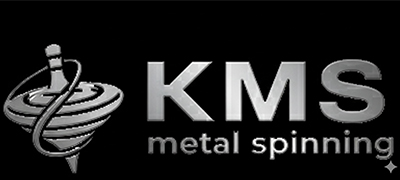
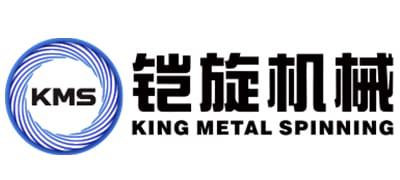
 English
English
 Deutsch
Deutsch
 العربيّة
العربيّة
